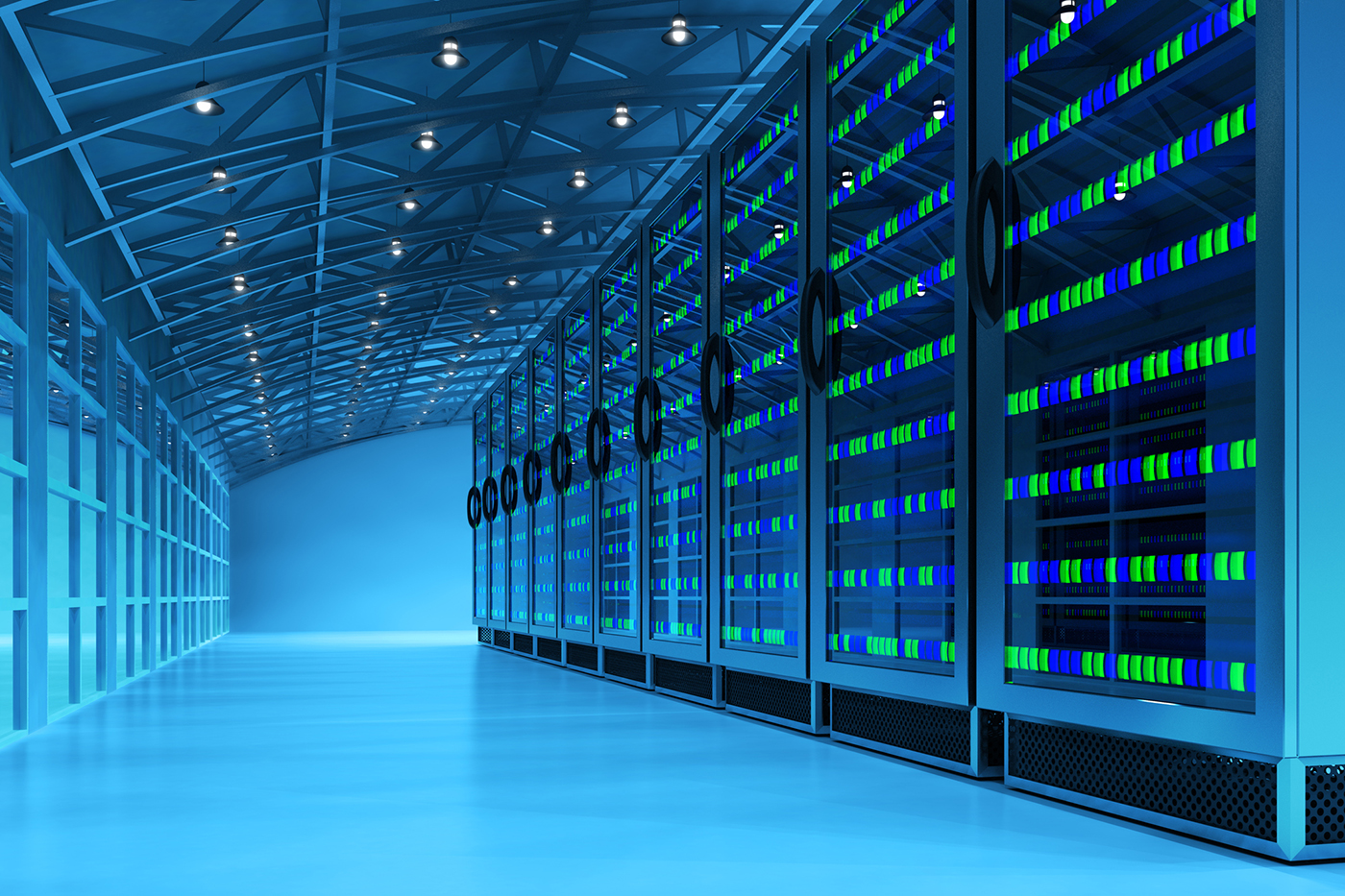The Edge, the Fog, and the Cloud
To provide effective IT solutions, IT companies in Ottawa will have to fully understand and implement the edge, the fog, and the cloud technologies. While cloud technology has been around for some time, the concepts of fog and edge computing are pretty new. It might seem on the surface that these technologies are competing with cloud technology, but in their true essence, they are only ways to take cloud computing to a whole new level. Take a look at what these technologies are and how they are different from each other.
Cloud Computing
Ottawa IT services have been providing cloud computing solutions just like other international IT services for years now. While cloud computing has its complex ways of operating, the main concept is pretty simple. Cloud computing allows its users to access and use data that is stored on the internet rather than on their computers. The simplest example is when you save your files on Google drive and let your friends view, download and make changes to them.
Edge Computing
Edge computing is enhancing the powers of cloud computing by taking the processing power of the cloud to the network’s edges. As technologies located close to their data producing sources are enabled to process information, less and less computing will be required in the cloud, i.e., the centralized servers. The immediate advantages of this technology will be lower consumption of network resources, faster processing and actions of peripheral devices, and avoidance of latency which will result in lower operational costs for IT companies in Ottawa and the rest of the world.
Fog Computing
The difference between fog computing and edge computing can be confusing for many. They do seem like similar concepts, but there is surely a difference. With fog computing, it’s the local area network that receives the power of intelligence. Once the power comes down to local area network level, data processing takes place in the fog node. On the other hand, processing power and intelligence are brought right to the peripheral devices residing at the edge of the network. Programmable automation controllers are great examples of edge computing in use.
IP video cameras, routers, and switches from CISCO seem like the devices that have introduced the concept of fog computing. CISCO received the credit for introducing the term “fog computing” to the world but companies like IBM and VMware are equally important players in incorporating this technology in their recent solutions.



